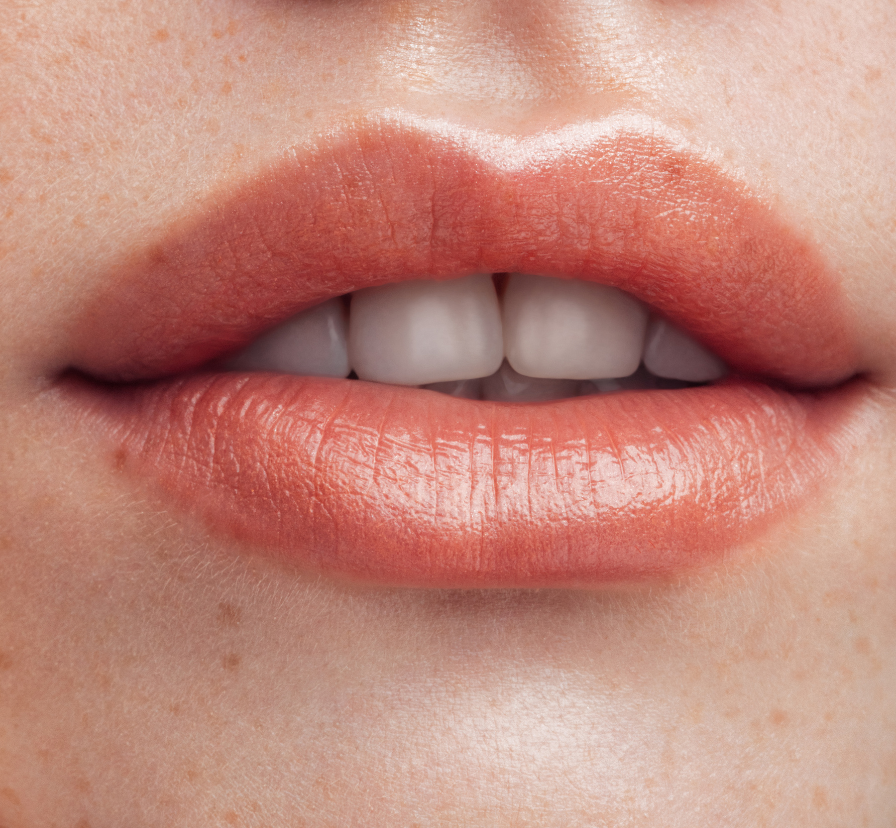
What are Orofacial Myofunctional Disorders?
Orofacial Myofunctional Disorders (OMDs) are maladaptive functional patterns arising from structural and/or muscular based deficits within the orofacial complex resulting in compensations, undesirable habits and/or further impact to the orofacial structures. OMDs are the nexus of structure and function and therefore in some cases a structural anomaly results in functional challenges and in other cases atypical oral habits and limited functional skills result in undesirable structural changes. For example, ankyloglossia (tongue tie) can cause issues with feeding and swallowing, or a low and forward tongue posture may cause a dental malocclusion such as an open bite. OMDs can occur across the lifespan, but the way the disorder is treated is based on the age and/or cognitive status of the patient (Merkel-Walsh, 2020).
When an Orofacial Myofunctional Disorder is present, functional symptoms may include one or a combination of the following symptoms:
What are some of the causes of Orofacial Myofunctional Disorders?
OMDs rarely have a single cause but rather a combination of factors. The most commonly noted etiology of an OMD is an upper airway obstruction (e.g. enlarged adenoids and/or tonsils, chronic congestion, deviated septum, allergies) which impairs nasal breathing. When nasal breathing is impeded, the body naturally accommodates by relying on mouth breathing.
Long-term mouth breathing changes the natural resting position of the jaw, tongue and lips. This change in position can influence growth patterns of the maxilla and mandible often result in the development of significant malocclusion. Furthermore, long term mouth breathing compromises the natural process of breathing which relies on the nasal airway to cleanse and purify air for the pulmonary system and may lead to additional health concerns as well as functional challenges.
Evidence based practice suggests that OMDs may also develop as a result of:
It is crucial to first address what may be contributing to the persistence of an Orofacial Myofunctional Disorder before beginning treatment, as treatment may not be successful if the etiology persists. A Board-Certified Orofacial Myologist® can help you to determine what may be contributing to its presence and can help refer you to the appropriate medical and/or dental professionals to address these concerns.
The following is a guideline as it relates to orofacial myofunctional disorders (OMDs) and the various age ranges.
The following is a guideline as it relates to orofacial myofunctional disorders (OMDs) and the various age ranges.
Why be concerned about OMDs?
Orofacial Myofunctional Disorders interrupt normalized movement patterns. Orthodontists have documented their concerns about OMDs since the early 1900’s. Failure to address an OMD can result in one or more of the following

A variety of secondary issues including but not limited to…
What Can Orofacial Myofunctional Therapy Accomplish?
Orofacial Myofunctional Therapy involves an individualized program to help the patient retrain these maladaptive patterns of muscle function, and helps to create and maintain a healthy orofacial environment. Treatment goals may include the following:
Treatment is often a collaborative process with a variety of medical and dental specialists. A Board Certified Orofacial Myologist® can help you determine what may be contributing to the presence of an OMD, and can help refer you to the appropriate clinicians to address these concerns.

